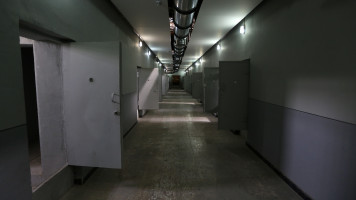Breadcrumb
Calls for help to free Syrians trapped in notorious Saydnaya prison following fall of Damascus
Rescue groups and families in Syria are calling for international help with finding relatives imprisoned by the Assad regime in underground cells at the notorious Saydnaya Prison facility after scores of detainees were freed on Sunday following the ousting of the Assad regime.
Several cells are reportedly inaccessible due to secret codes and gates, while the prison’s sprawling complex - built like a labyrinth - has also proved difficult for opposition figures to navigate.
Some prisoners were previously held in the "white" part of the prison and were freed with the help of opposition rebels and local residents. Many have also been freed from the "red", underground part of the prison – though several others remain in captivity.
Such obstacles have prompted calls from international experts to help with freeing the rest of the inmates.
Given the cells’ underground location, it can be understood that numerous prisoners have not seen daylight in years. The lack of ventilation and electricity makes it likely that prisoners have difficulties breathing and obtaining food and drink.
The opposition-affiliated White Helmets rescue group said in a statement on X that five specialised teams have been deployed to the prison to investigate these secret underground cells.
"The teams consist of search and rescue units, wall-breaching specialists, iron door-opening crews, trained dog units, and medical responders," the group said on Sunday.
The prison is reportedly comprised of five underground levels, where detainees have been subject to inhumane conditions over the years, as previously reported by rights groups.
Saydnaya Prison is nicknamed the "human slaughterhouse", due to human rights abuses, torture and mass executions – particularly during the Syrian Civil War where Assad carried out a brutal crackdown on the opposition.
At Saydnaya, Amnesty and other groups say that dozens of people were secretly executed every week, estimating up to 13,000 Syrians killed between 2011 and 2016.
Arrest warrants have reportedly been issued for the prison’s guards, though TNA has not been able to verify this. The whereabouts of several senior prison officers remain unknown, said the Syrian Observatory for Human Rights on Monday.
Throughout Sunday, video clips emerged on social media of prisoners being freed from the prison, and emotionally reuniting with their loved ones. Inmates from other regime jails were also released - including the elderly, women and children, as well as prisoners who were hours away from execution.
Prisoner release efforts came as rebels captured Damascus on Saturday, leading to the inevitable collapse of Bashar al-Assad’s regime, who has now fled to Moscow where he is being granted political asylum.
The release of scores of imprisoned Syrians has raised hopes that US journalist Austin Tice may be still alive, 12 years after he disappeared near Damascus.
President Joe Biden said on Sunday that Washington believes that they "could get him back" and that Assad should be "held accountable" for his disappearance.
The fall of Damascus and the ouster of the Assad regime came after Syrian opposition rebels, led by the hardline Hayat Tahrir al-Sham (HTS), began a rapid offensive in northwest Syria on November 27, sweeping through large swathes of the country.
The rebels captured the key cities of Aleppo, Hama and Homs before eventually seizing Damascus.
![Rescue efforts Saydnaya [Getty]](/sites/default/files/styles/image_345x195/public/2188429016.jpeg?h=52bad4fe&itok=EAUg0bqf)
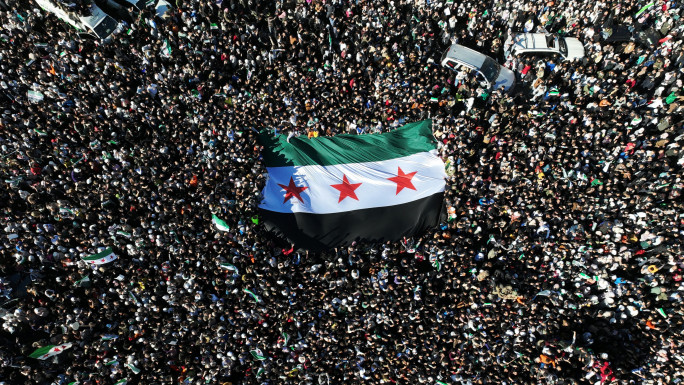
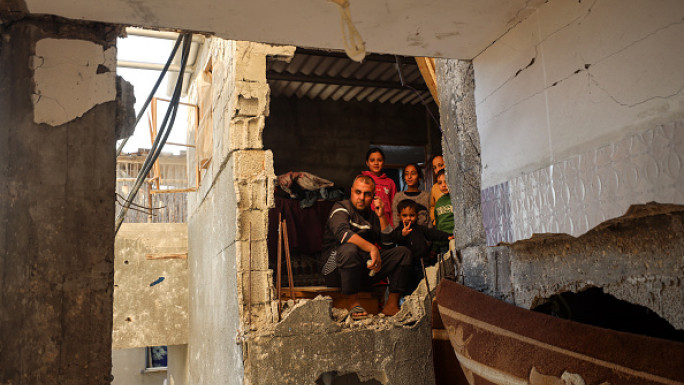
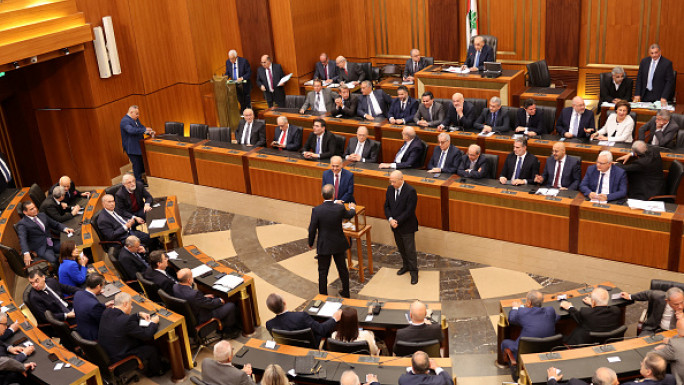
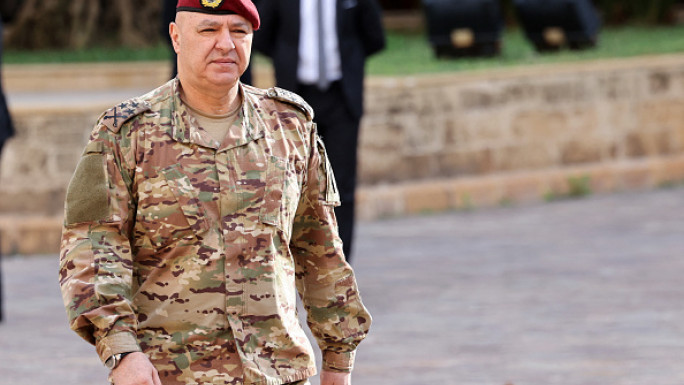
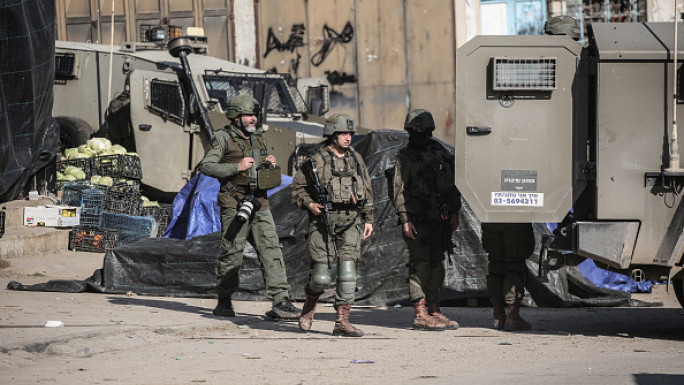
![Anthony Blinken speech [Getty] Anthony Blinken speech [Getty]](/sites/default/files/styles/image_684x385/public/media/images/6263436E-8ACD-4D3C-9055-25A7BE79DD5A.jpg?h=d1cb525d&itok=fLHmHCRG)
 Follow the Middle East's top stories in English at The New Arab on Google News
Follow the Middle East's top stories in English at The New Arab on Google News

